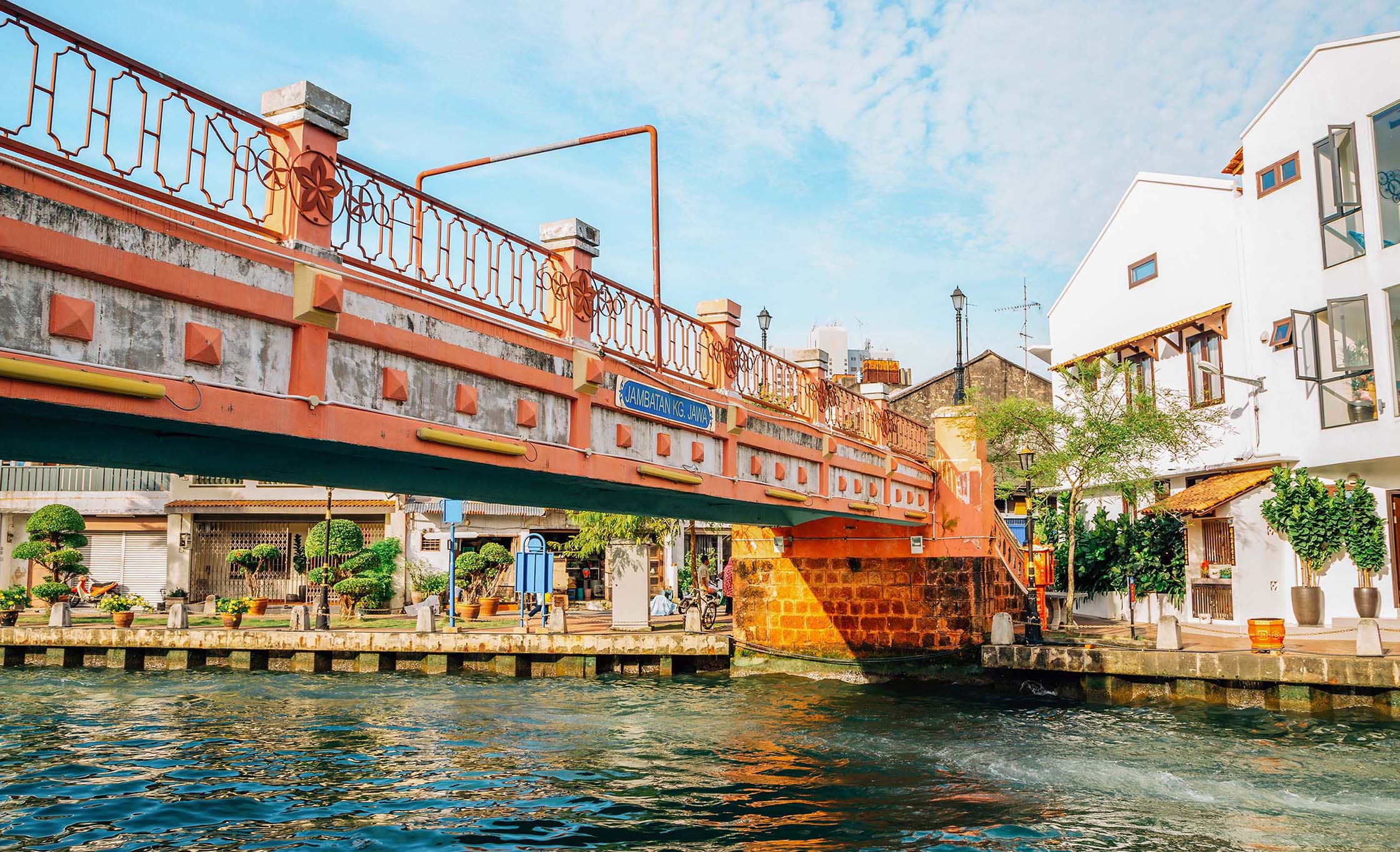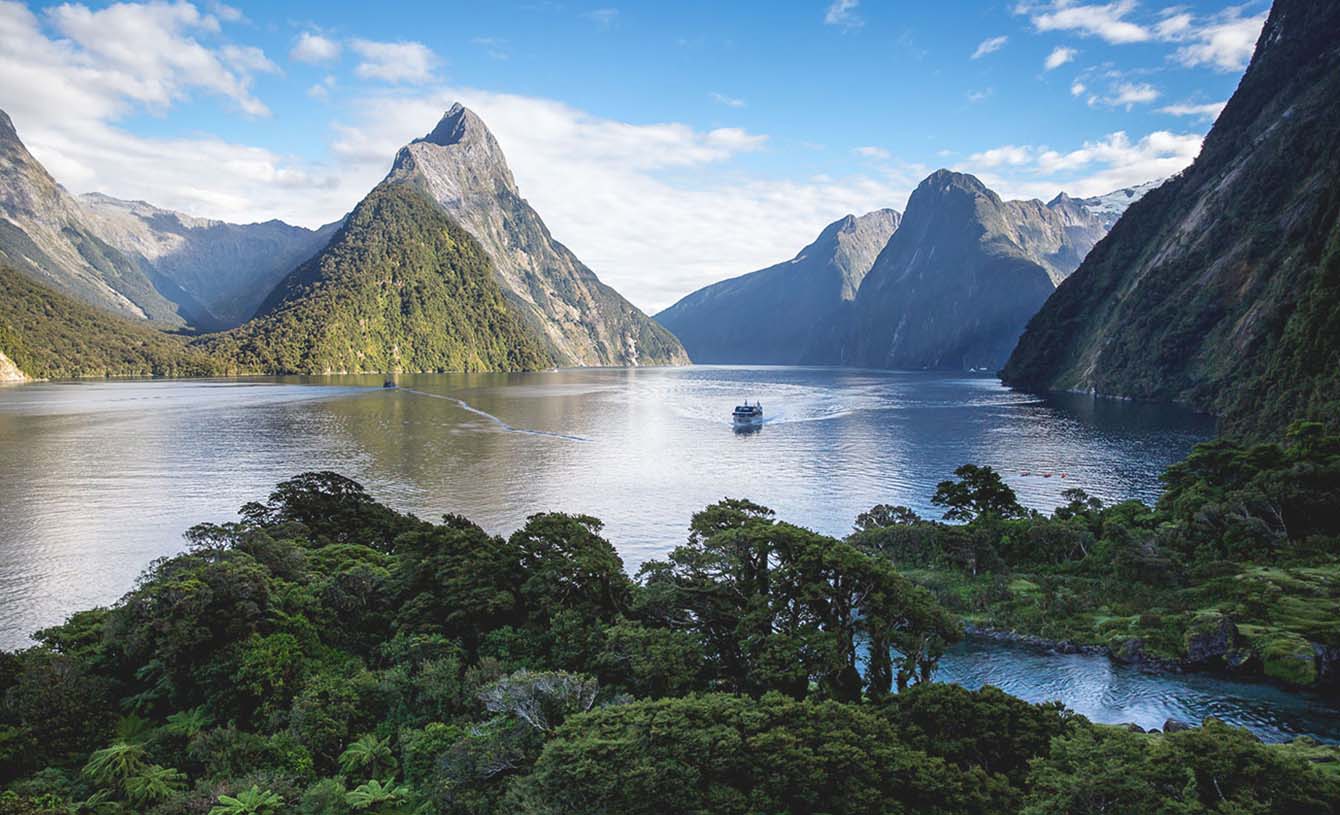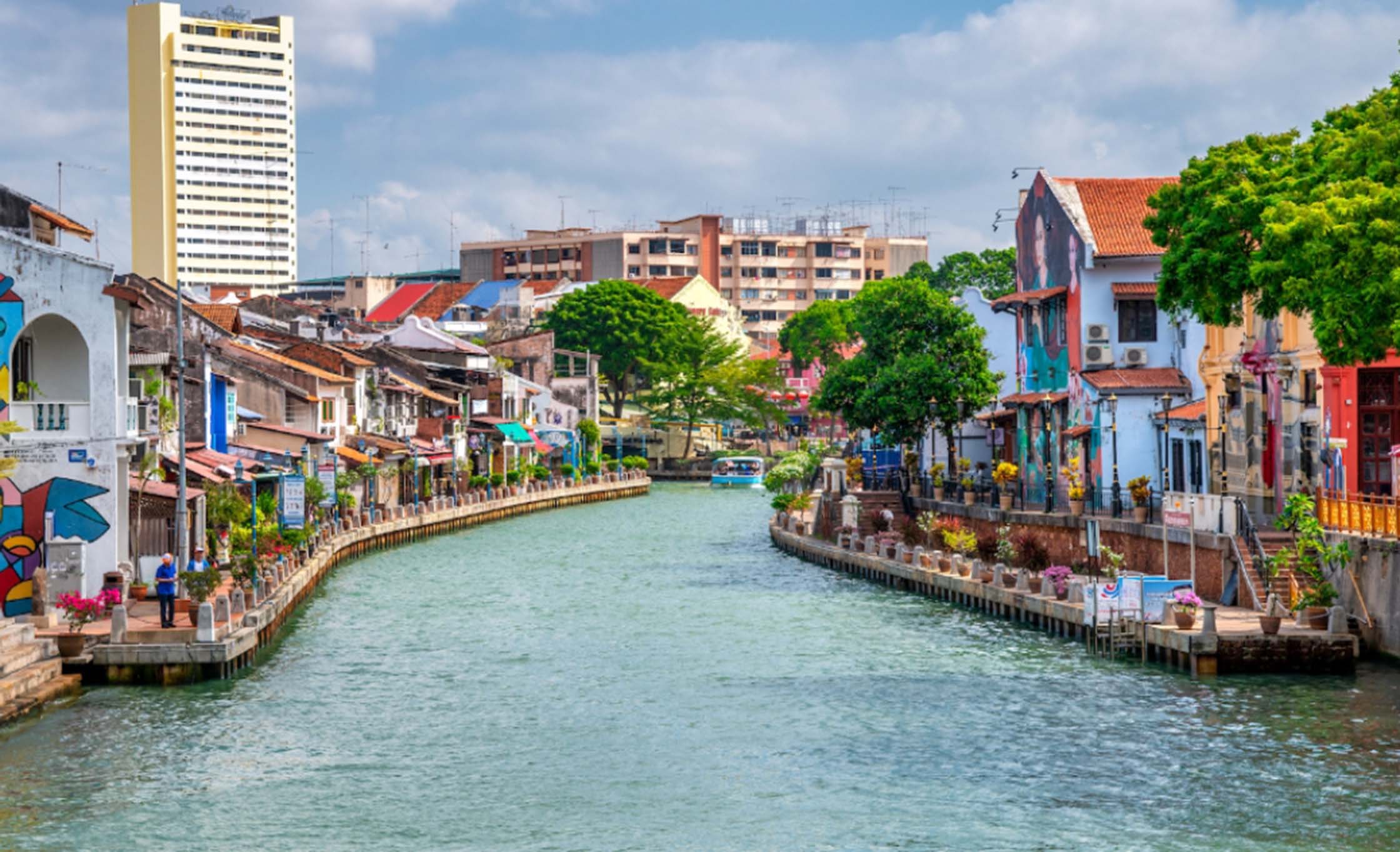My journey to Malacca, Malaysia, was a captivating voyage through time and heritage.
A’Famosa Fort: Reliving History’s Echoes
Nestled within Malacca’s bustling streets lies the formidable A’Famosa Fort, a poignant symbol of the city’s storied past and resilience against colonial powers. Erected by the Portuguese in the early 16th century, this bastion of defense has weathered the tides of time, its weathered façade echoing tales of conquest and resistance.
Location: Jalan Parameswara, Bandar Hilir, 75000 Melaka, Malaysia.
Route: From Malacca’s historic district, traverse along Jalan Kota towards Bandar Hilir until the commanding presence of A’Famosa Fort emerges.
As I wandered amidst the remnants of A’Famosa Fort, history unfolded before my eyes. The crumbling walls and silent cannons spoke volumes of battles fought and lost, while the panoramic vistas from its heights painted a vivid portrait of Malacca’s evolution. Exploring its labyrinthine chambers and dungeons was akin to stepping into a time capsule, each step revealing a chapter of the city’s narrative.
A’Famosa Fort offers guided tours led by passionate locals, unraveling the fort’s history with fervor and expertise. Additionally, cultural performances and exhibits breathe life into Malacca’s colonial heritage, enriching the visitor experience.
Pros: A’Famosa Fort provides an immersive journey through Malacca’s colonial era, offering unparalleled insights into its tumultuous past and architectural splendor.
Cons: During peak seasons, the fort may become congested with tourists, diminishing the serenity of the surroundings. Early morning visits are recommended for a more intimate experience.
Exploring A’Famosa Fort was akin to embarking on a voyage through time, where echoes of the past reverberated with every step. Its towering presence and storied history left an indelible mark on my journey through Malacca.
Cheng Hoon Teng Temple: Tranquility Amidst Urban Bustle
Nestled amidst Malacca’s vibrant Chinatown, Cheng Hoon Teng Temple stands as a bastion of serenity amidst the bustling streets. Dating back to the 17th century, this architectural masterpiece serves as a sanctuary for spiritual seekers and cultural enthusiasts alike.
Location: 25, Jalan Tokong, 75200 Melaka, Malaysia.
Route: Navigate through the lively Chinatown district until the ornate façade of Cheng Hoon Teng Temple comes into view on Jalan Tokong.
Stepping into Cheng Hoon Teng Temple felt like entering a realm of tranquility and reverence. The scent of incense permeated the air as I marveled at the temple’s intricate woodwork and vibrant murals, each depicting tales of devotion and enlightenment. Exploring its hallowed halls and courtyards was a meditative experience, offering respite from the urban cacophony outside.
Cheng Hoon Teng Temple offers guided tours led by knowledgeable volunteers, providing cultural insights and spiritual reflections. Cultural workshops and ceremonies enrich the visitor experience, fostering a deeper appreciation for Chinese heritage.
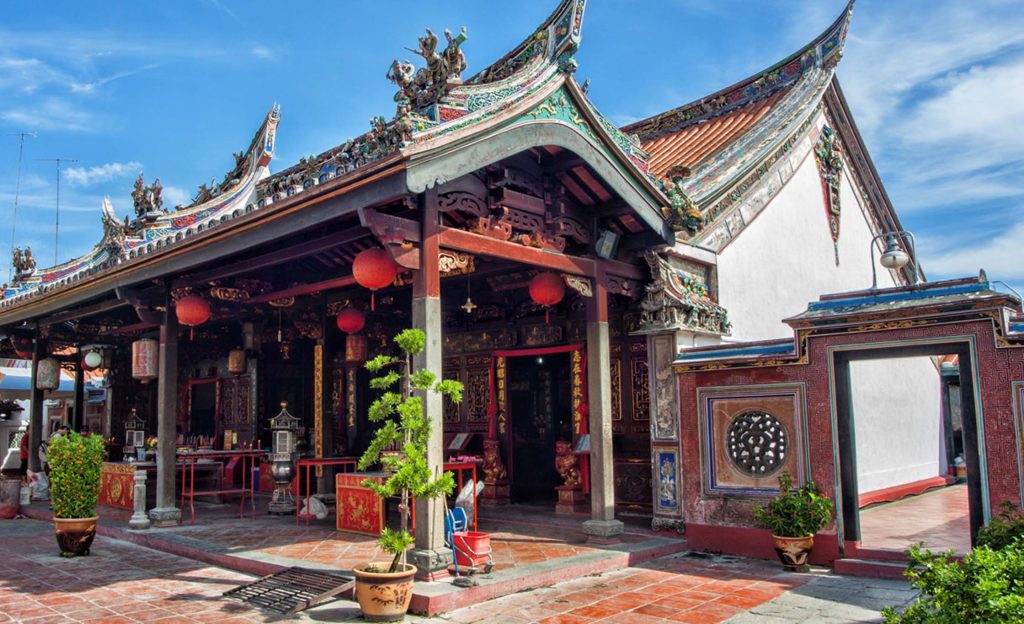
Pros: Cheng Hoon Teng Temple provides a serene sanctuary amidst Malacca’s urban landscape, inviting visitors to embark on a spiritual journey of introspection and cultural discovery.
Cons: High tourist footfall during peak hours may disrupt the temple’s tranquil ambiance. Visiting during weekdays or early mornings is advised for a more contemplative experience.
Cheng Hoon Teng Temple left an indelible impression on my soul, reminding me of the timeless wisdom and serenity found within sacred spaces. Its ethereal beauty and spiritual resonance make it a beacon of cultural richness in the heart of Malacca.
Jonker Street Night Market: A Culinary Odyssey
No visit to Malacca would be complete without indulging in its vibrant culinary scene, and Jonker Street Night Market offers a gastronomic adventure like no other. Every weekend, this bustling thoroughfare transforms into a culinary paradise, tantalizing taste buds with a kaleidoscope of flavors and aromas.
Location: Jalan Hang Jebat, 75200 Melaka, Malaysia.
Route: Navigate towards Malacca’s Chinatown district, where Jonker Street beckons with its colorful array of stalls and vendors.
As twilight descended upon Jonker Street, a symphony of scents and sounds filled the air, beckoning me to embark on a culinary odyssey. From savory satay skewers to sweet cendol desserts, every bite was a revelation, a testament to Malaysia’s diverse culinary heritage. Navigating through the bustling crowds, I immersed myself in the vibrant tapestry of flavors, savoring each dish with gusto.
Jonker Street Night Market offers a plethora of dining options, from street vendors to traditional eateries, catering to every palate and preference. Live performances and cultural showcases add to the festive atmosphere, creating an unforgettable dining experience.
Pros: Jonker Street Night Market offers a sensory feast for visitors, showcasing the best of Malaysian cuisine in a vibrant and convivial setting.
Cons: The market can get crowded during peak hours, making navigation challenging. Arriving early or exploring the quieter side streets can enhance the dining experience.
Exploring Jonker Street Night Market was a culinary adventure that ignited my senses and left me craving for more. Its bustling energy and diverse offerings make it a must-visit destination for food enthusiasts and cultural connoisseurs alike.
Recommended Attractions:
Melaka Sultanate Palace Museum: A Glimpse into Royalty
Situated along the banks of the Melaka River, the Melaka Sultanate Palace Museum offers a captivating journey through Malaysia’s royal legacy. Housed within a meticulously recreated wooden palace, this museum showcases artifacts and exhibits that chronicle the rise and fall of the Melaka Sultanate.
Location: Kota, 75000 Melaka, Malaysia.
Route: Follow the scenic Melaka River Walk towards Kota, where the majestic Melaka Sultanate Palace Museum awaits.
Stepping into the Melaka Sultanate Palace Museum felt like stepping back in time, as I marveled at its opulent interiors and regal displays. From intricately woven textiles to ornate ceremonial artifacts, each exhibit offered a glimpse into the Sultanate’s golden age of prosperity and cultural flourishing.
The museum offers guided tours led by knowledgeable curators, providing insights into the Sultanate’s history and cultural significance. Interactive displays and multimedia presentations engage visitors of all ages, making it an educational and immersive experience.
Pros: The Melaka Sultanate Palace Museum provides a comprehensive overview of Malaysia’s royal heritage, making it a must-visit destination for history enthusiasts and cultural aficionados.
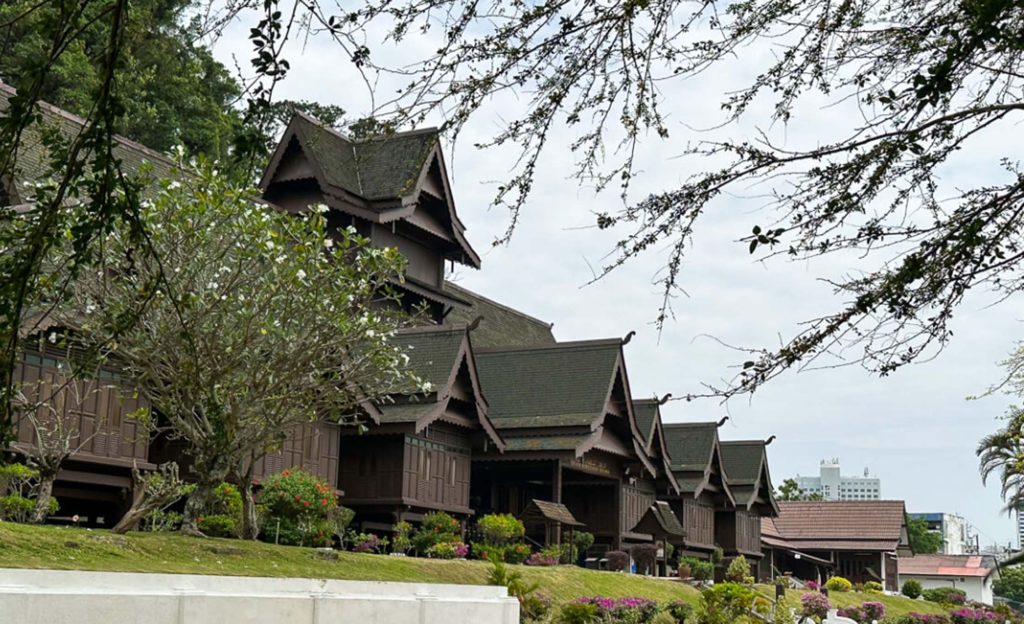
Cons: During peak tourist seasons, the museum can get crowded, impacting the visitor experience. It’s advisable to visit during off-peak hours or book tickets in advance to avoid long queues.
Exploring the Melaka Sultanate Palace Museum was like delving into a treasure trove of history and culture. Its meticulously curated exhibits and immersive displays offered a fascinating glimpse into Malaysia’s royal past, leaving me with a deeper appreciation for the Sultanate’s legacy.
Malacca Straits Mosque: Serenity by the Sea
Perched gracefully on the shores of the Malacca Strait, the Malacca Straits Mosque, often dubbed the “Floating Mosque,” is a testament to Malaysia’s architectural ingenuity and cultural diversity. Its stunning design and tranquil surroundings make it a must-visit destination for travelers seeking spiritual solace and scenic beauty.
Location: Pulau Melaka, 75000 Melaka, Malaysia.
Route: Accessible via a short drive or boat ride from Malacca’s city center, the Malacca Straits Mosque is situated on Pulau Melaka, an artificial island in the Malacca Strait.
As I approached the Malacca Straits Mosque, its ethereal beauty took my breath away. Reflecting elegantly on the tranquil waters of the strait, the mosque exuded a sense of serenity and grace. Stepping inside, I was captivated by its architectural splendor, with intricate Islamic motifs adorning its domes and archways. The gentle lapping of waves against the mosque’s foundation added to the sense of tranquility, creating a sacred space for contemplation and reflection.
The Malacca Straits Mosque welcomes visitors of all faiths to explore its grounds and marvel at its beauty. Guided tours are available for those interested in learning about Islamic architecture and customs. Additionally, visitors can participate in religious ceremonies and observe daily prayers, fostering interfaith understanding and harmony.
Pros: The Malacca Straits Mosque offers a serene escape from the hustle and bustle of urban life, inviting visitors to connect with nature and spirituality in a picturesque setting. Its unique design and waterfront location make it a popular spot for photography and relaxation.
Cons: As a place of worship, visitors are expected to dress modestly and respect the mosque’s customs and traditions. It’s essential to maintain a quiet and respectful demeanor while exploring the mosque grounds.
Visiting the Malacca Straits Mosque was a deeply moving experience that left a lasting impression on me. Its timeless beauty and tranquil ambiance provided a sanctuary for reflection and introspection, reminding me of the universal values of peace and harmony.
St. Paul’s Hill and Church: Echoes of Colonial Legacy
Perched atop a scenic hill overlooking Malacca’s historic district, St. Paul’s Hill and Church offer a glimpse into the city’s colonial past and architectural heritage. Built by the Portuguese in the 16th century, the church stands as a silent witness to Malacca’s tumultuous history, its weathered walls and ancient tombstones telling stories of conquest and cultural exchange.
Location: Jalan Kota, 75000 Melaka, Malaysia.
Route: Ascend St. Paul’s Hill via a series of stone steps or a winding pathway, beginning near the A’Famosa Fort in Malacca’s historic district.
Climbing the steps to St. Paul’s Hill, I was greeted by sweeping views of Malacca’s skyline and the Straits of Malacca beyond. The ruins of St. Paul’s Church loomed before me, a haunting reminder of the city’s colonial past. Exploring the church’s interior, I was struck by its solemn beauty, with shafts of sunlight streaming through the crumbling archways. The surrounding graveyard, adorned with weathered tombstones and overgrown foliage, evoked a sense of reverence and contemplation.
St. Paul’s Hill and Church are open to the public for self-guided tours, allowing visitors to explore at their own pace. Interpretive signs provide historical context, while benches scattered throughout the grounds offer opportunities for rest and reflection.
Pros: St. Paul’s Hill and Church offer a tranquil retreat from the bustling streets below, inviting visitors to connect with Malacca’s colonial heritage and natural beauty. The panoramic views from the hilltop provide a stunning backdrop for photography and quiet contemplation.
Cons: The climb to St. Paul’s Hill may be challenging for some visitors, particularly those with mobility issues. It’s essential to proceed with caution and take breaks as needed during the ascent.
Exploring St. Paul’s Hill and Church was like stepping back in time, where the echoes of Malacca’s colonial legacy resounded with every step. The church’s weathered ruins and serene surroundings offered a poignant reminder of the city’s rich history and cultural significance.
